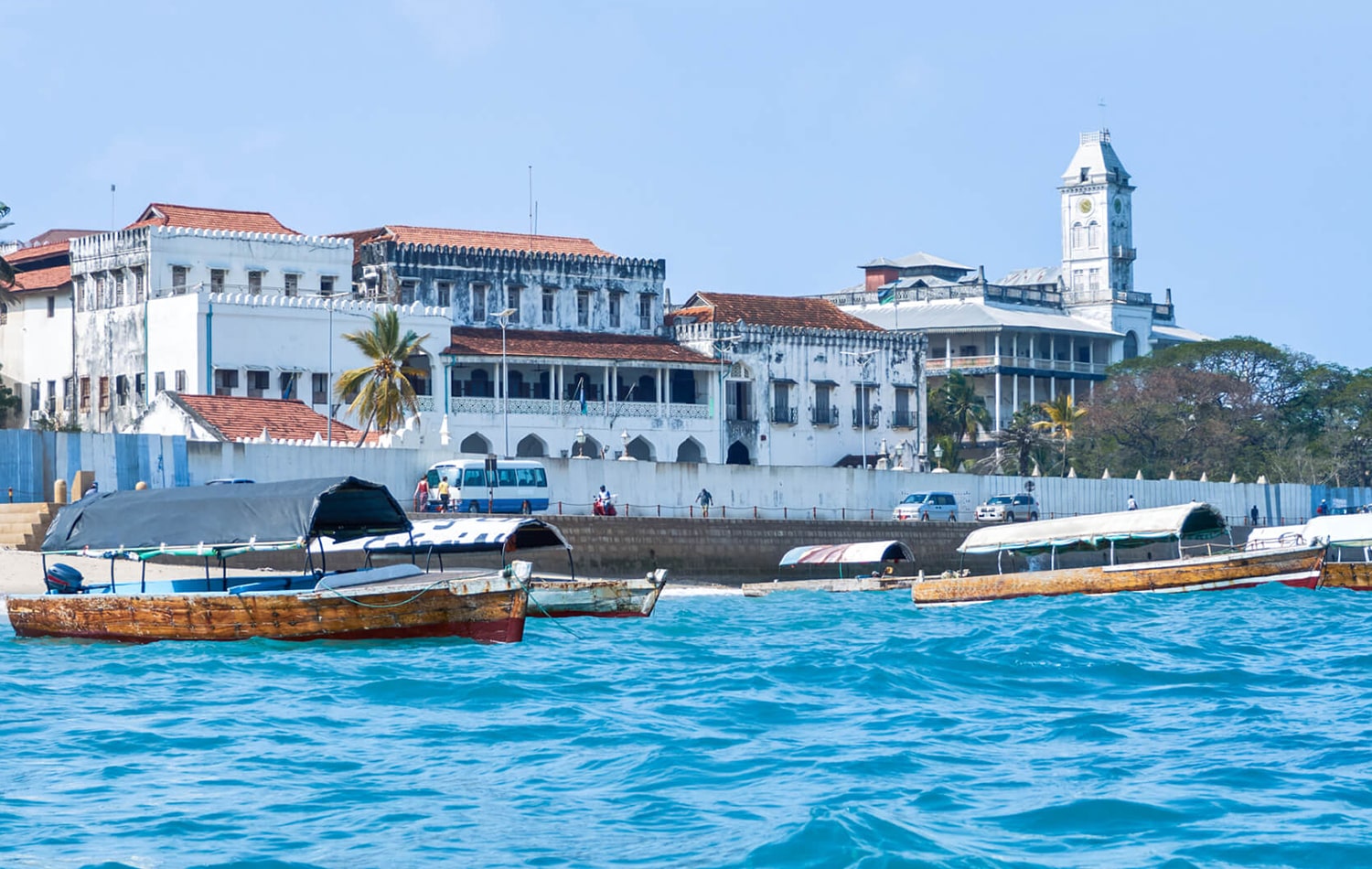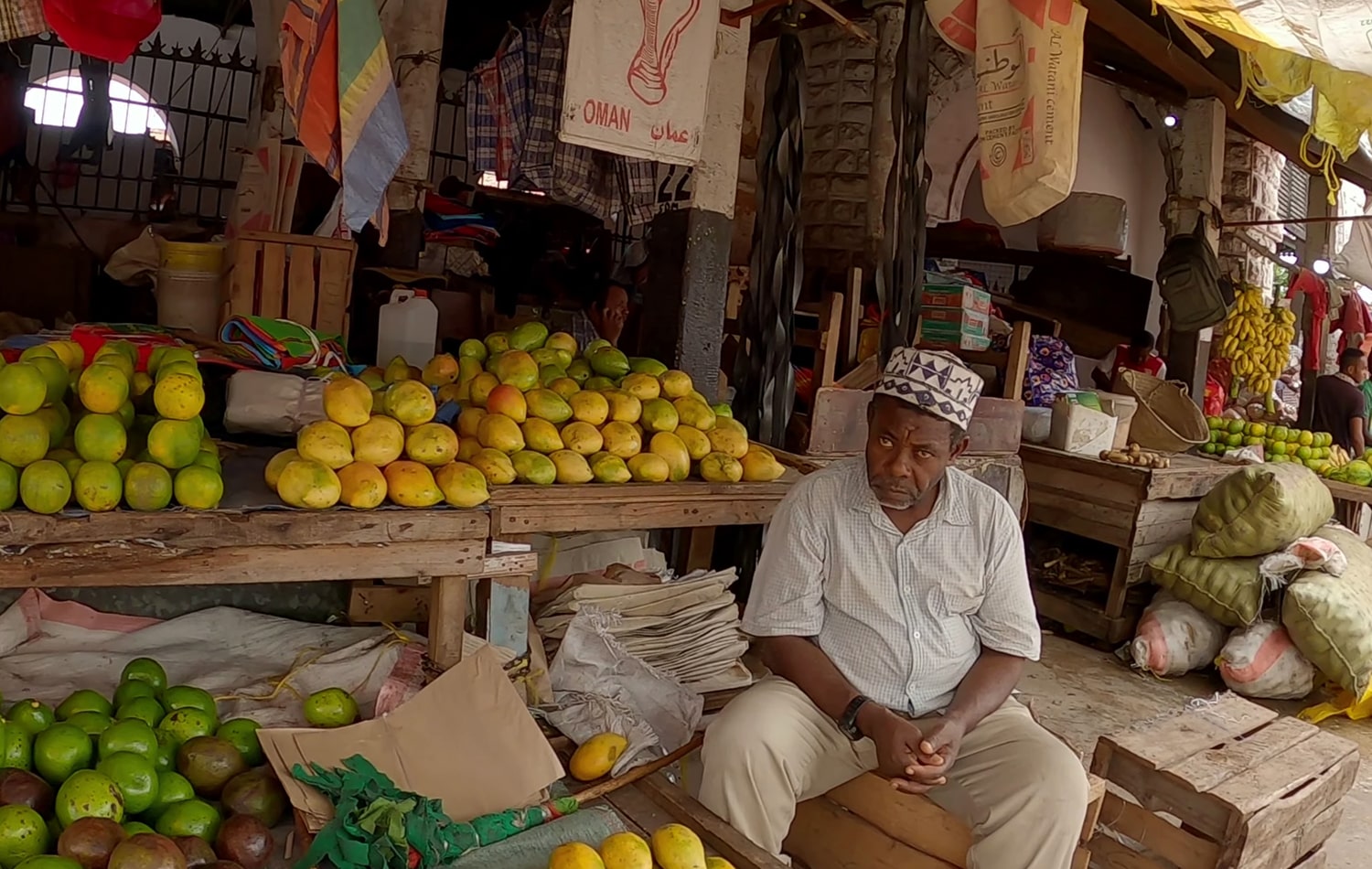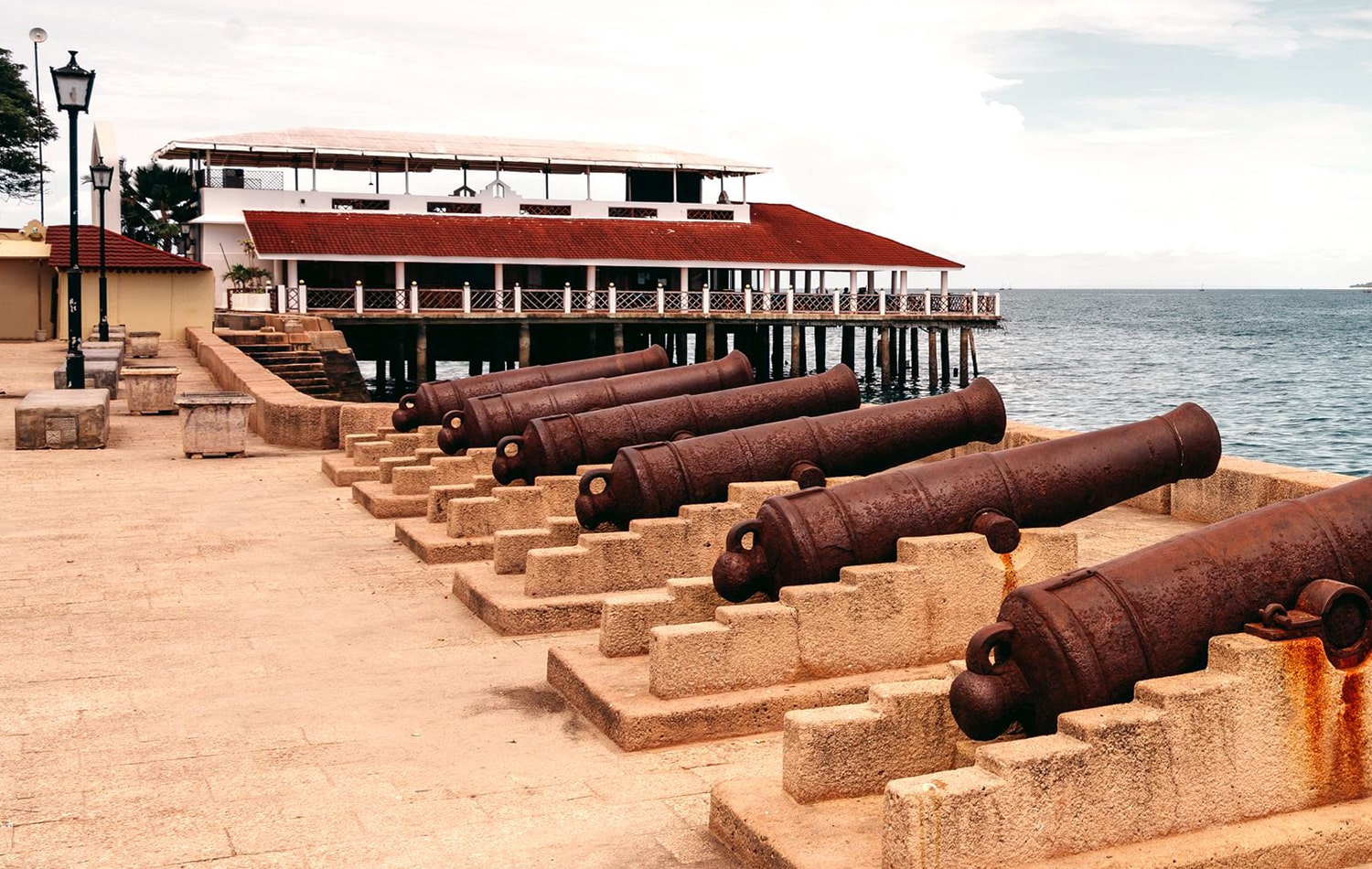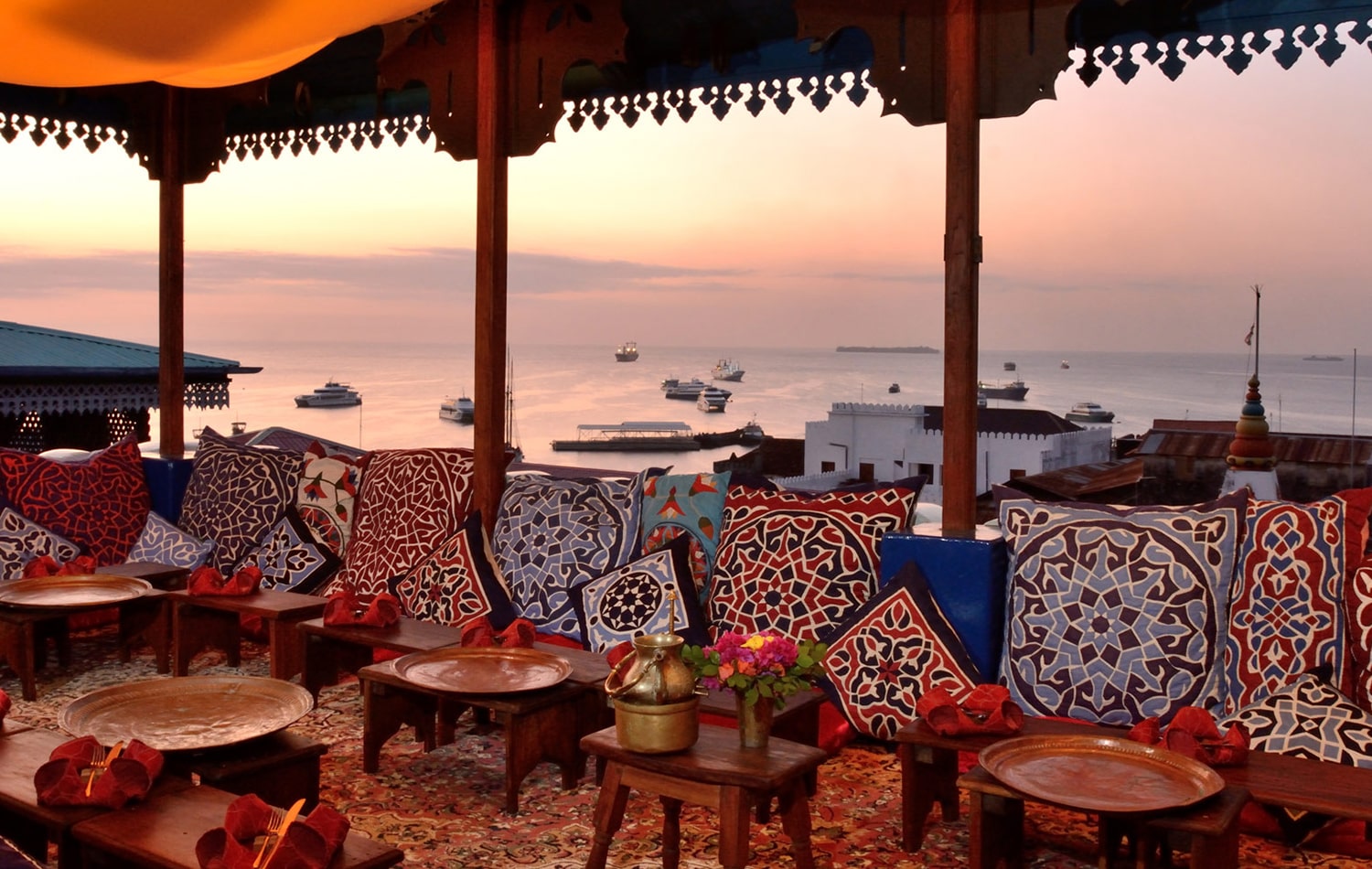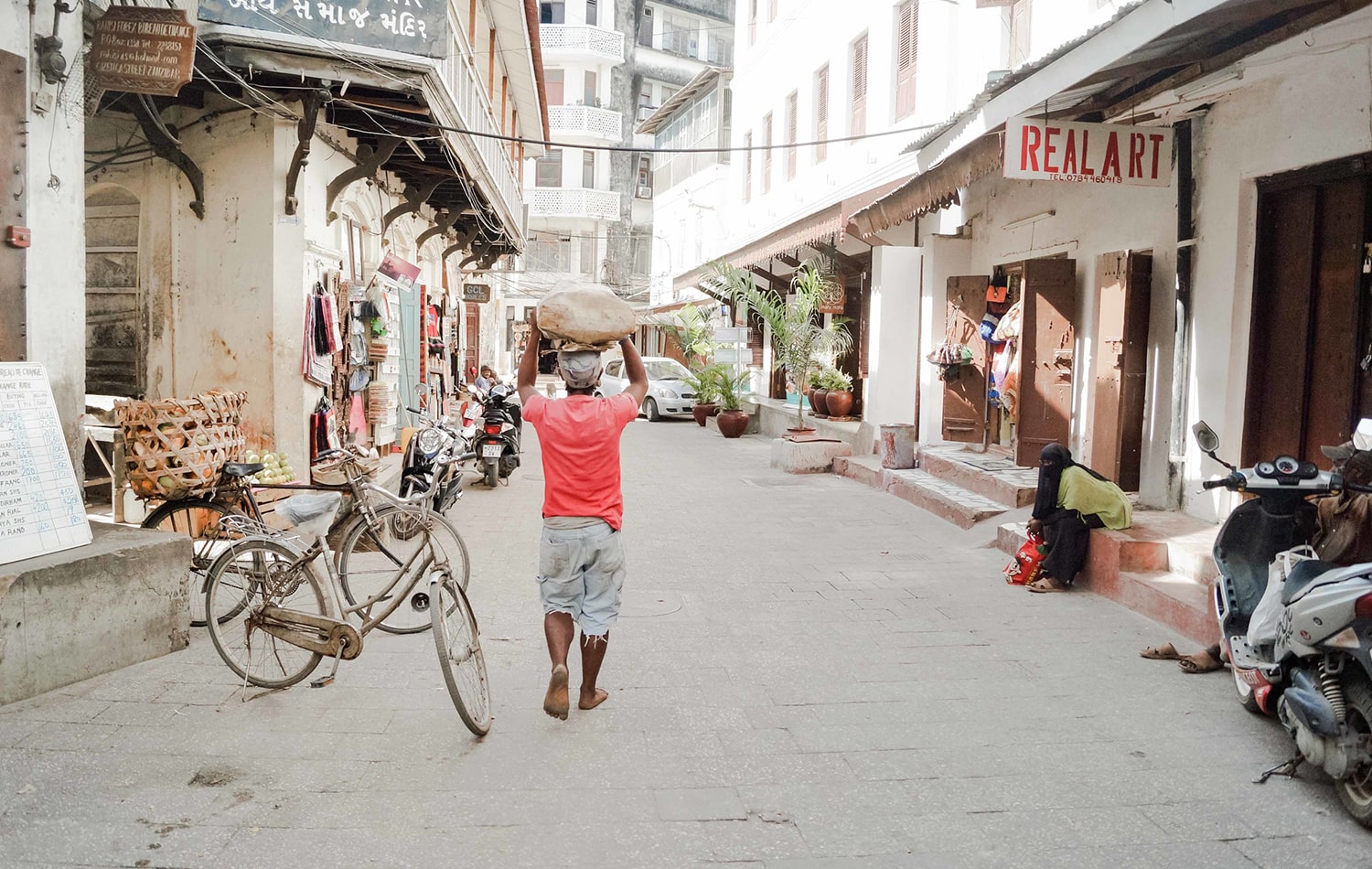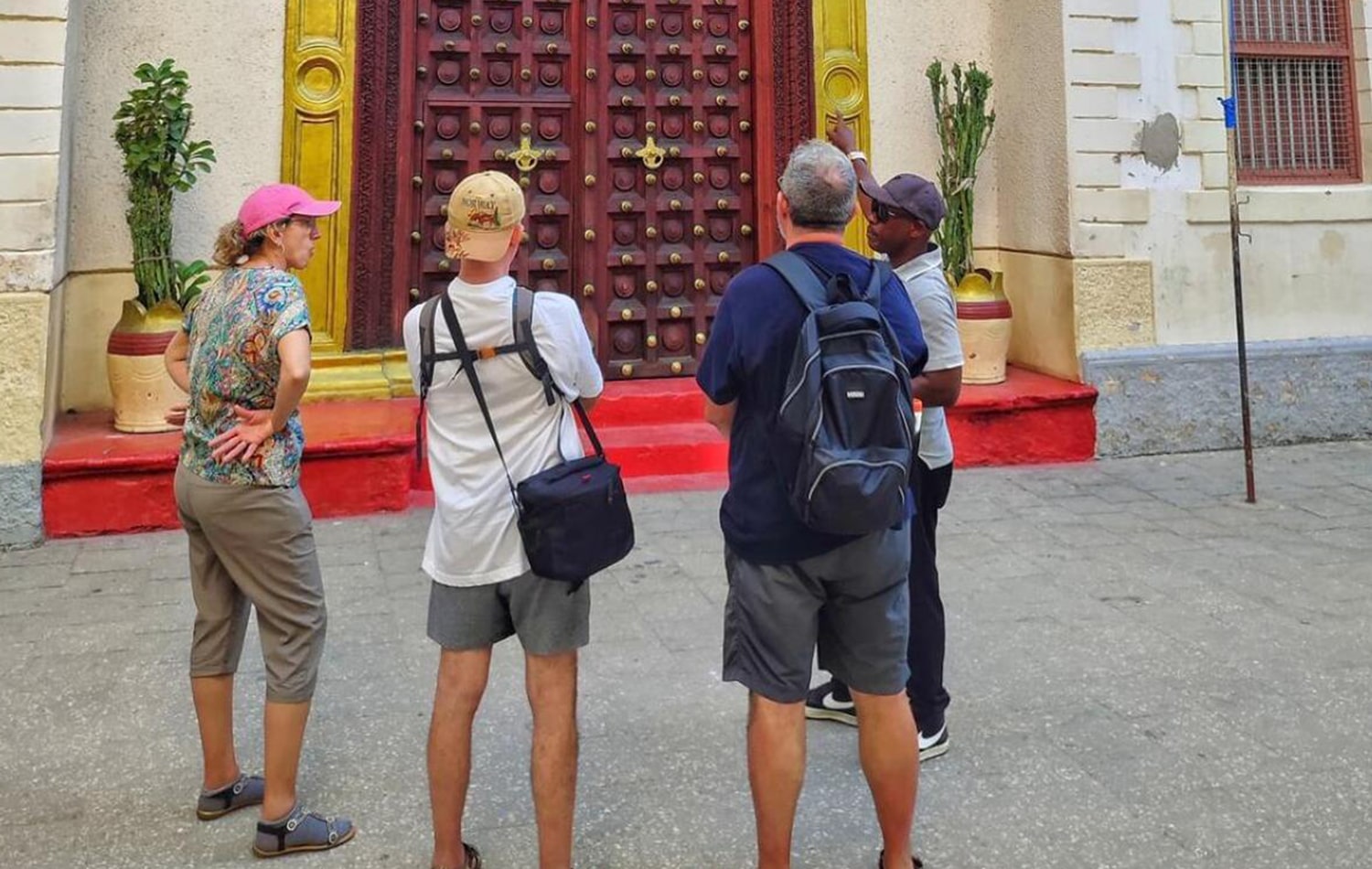

Overview
Stone Town, the historic heart of Zanzibar City, is a UNESCO World Heritage Site known for its narrow winding streets, carved wooden doors, vibrant markets, and unique blend of African, Arab, Indian, and European influences. Explore centuries-old buildings, spice bazaars, and rich cultural heritage in this coastal gem of East Africa.
Sights
Map
Info
The Historic Charm and Iconic Sights of Stone Town
Stone Town, the historical core of Zanzibar City and a UNESCO World Heritage Site, is a mesmerizing destination where history, culture, and everyday life intertwine in a maze of narrow streets, coral stone buildings, and ornately carved wooden doors. Located on the western coast of Unguja Island, this ancient town is a living testament to centuries of cross-cultural trade and influence, combining Swahili, Arab, Persian, Indian, and European elements in its architecture and daily rhythms. The streets are alive with activity — vendors sell spices, textiles, and street food while the call to prayer echoes from mosques and the scent of cloves and cardamom fills the air.
Main attractions include the Old Fort, a 17th-century Omani fortress now hosting local artisans and cultural events; the House of Wonders (Beit-al-Ajaib), once the tallest building in East Africa; the Sultan’s Palace Museum with royal artifacts; and the Anglican Cathedral, built atop the old slave market, where visitors can reflect on Zanzibar’s painful role in the East African slave trade. Don’t miss Darajani Market for a chaotic but colorful look at local life, or Forodhani Gardens, where you can enjoy freshly grilled seafood and Zanzibar pizza as the sun sets over the harbor.
Culture, Lifestyle, and Practical Travel Tips for Visitors
Stone Town’s rich culture and lifestyle offer a vibrant and immersive experience. The town is a hub of Swahili culture, reflected in its music, food, dress, and traditions. Taarab music, with its melodic blend of African, Arab, and Indian sounds, is often heard during celebrations and festivals. Swahili cuisine dominates the food scene — dishes like octopus curry, pilau rice, biryani, urojo soup, and freshly squeezed sugarcane juice are must-tries. The local lifestyle is relatively modest and community-centered, with a strong Muslim presence shaping dress codes and public behavior.
Visitors should dress respectfully, especially women, who are encouraged to wear clothing that covers their shoulders and knees when walking through town. For transport, most of Stone Town is best explored on foot, but taxis and dala-dala minibuses are available for reaching other parts of the island. The best time to visit is during the dry seasons, from June to October or December to February, when the weather is sunny and ideal for sightseeing. For a cultural deep dive, consider planning your visit during the Sauti za Busara music festival in February or the Zanzibar International Film Festival in July.
Fascinating Fun Facts and Nearby Attractions to Explore
Adding to its charm are the quirky and fascinating fun facts that make Stone Town unforgettable. For instance, Zanzibar was once the world’s largest exporter of cloves, and you can still visit spice farms nearby to see how vanilla, nutmeg, cinnamon, and other spices are grown. The elaborately decorated doors in Stone Town—many studded with brass spikes — are a fusion of Indian and Arab influences; the spikes were traditionally used in India to repel elephants, though Zanzibar has none.
Perhaps surprisingly, Stone Town was also the birthplace of Freddie Mercury, lead singer of the band Queen, whose former home is now a small museum. For nature lovers, Prison Island, a short boat ride away, is home to a population of giant Aldabra tortoises, some over 150 years old. And if you’re craving a tranquil beach experience after exploring the bustling town, head to Nakupenda Beach, a sandbank surrounded by crystal-clear waters ideal for swimming and snorkeling. Whether you’re wandering its time-worn streets, learning about its layered past, enjoying its cuisine, or engaging with its warm, welcoming locals, Stone Town offers a rich, unforgettable experience that stays with you long after you leave.



